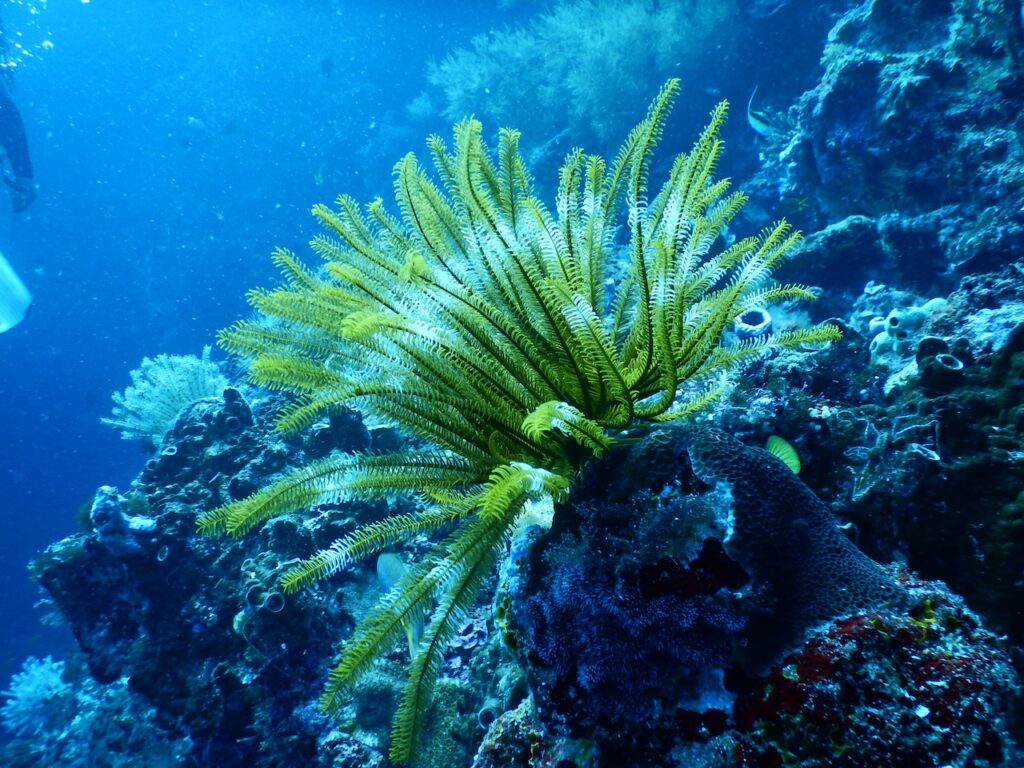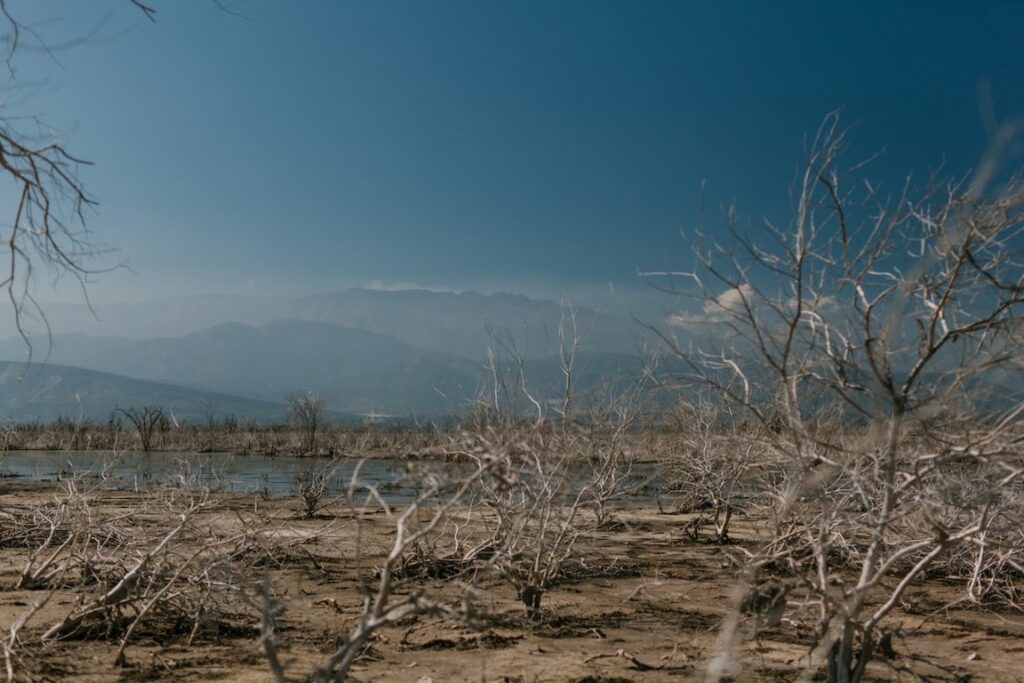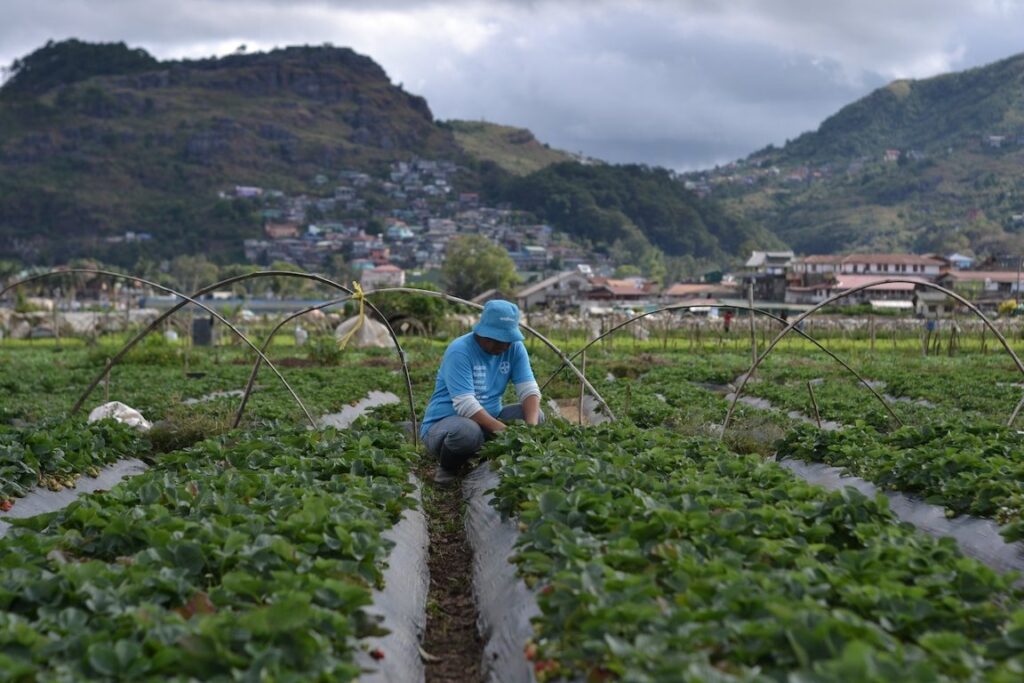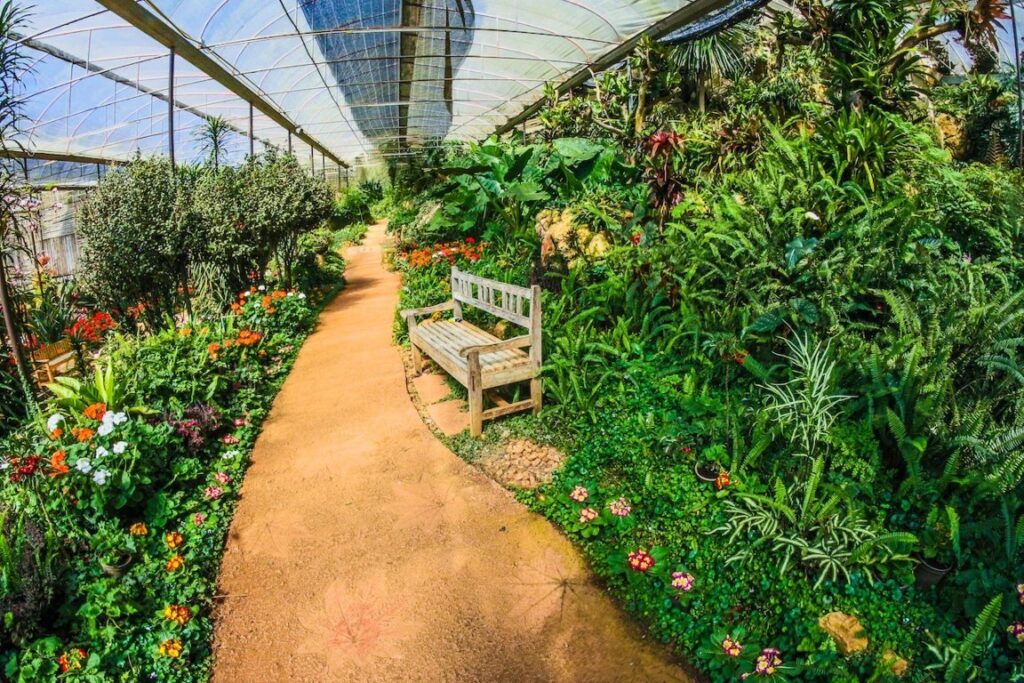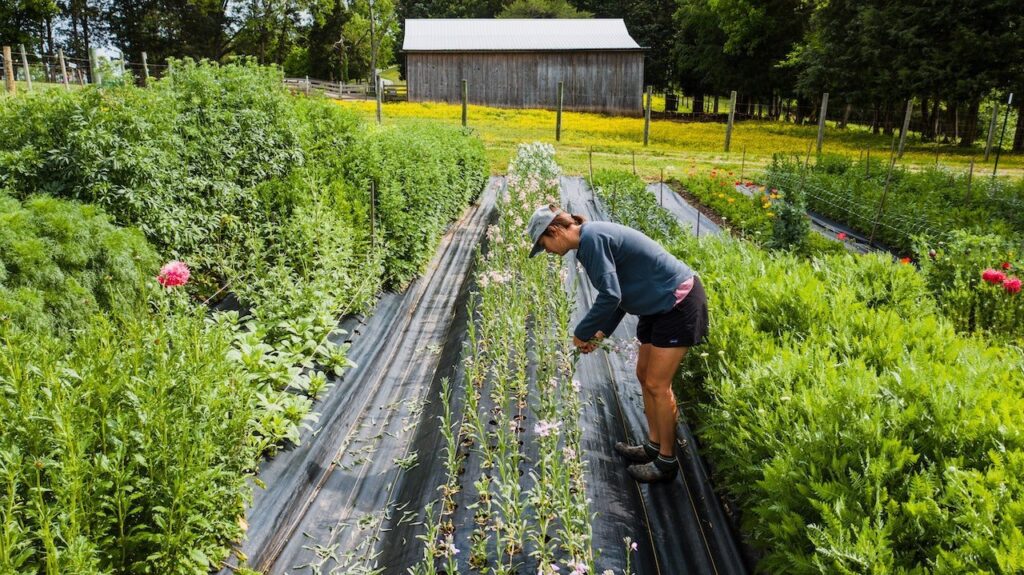Goa is a state in India known for its beaches and casinos. The state is situated on the western coast of India and is a popular tourist destination. Goa is known for its lively atmosphere and its many casinos. The state of Goa has a long history of gambling. Gambling was first legalized in the state in the early 1990s, and since then, the gambling industry has flourished. There are now over 20 casinos in Goa, making it one of the most popular gambling destinations in India. The legal status of casinos in Goa has been a controversial issue, with some believing that they should be banned and others arguing that they provide valuable income for the state.
The casinos in Goa offer a wide range of gambling games, including slots, blackjack, roulette, and poker. Visitors to the casinos can also enjoy live entertainment and fine dining. With so much to offer, it’s no wonder that Goa is one of the most popular tourist destinations in India.
What draws people to casinos in Goa?
There are a few reasons that people are drawn to casinos when they visit Goa.
The first is that there is no entry fee, so people can come and go as they please.
The second is that the casinos offer a wide variety of games, so there is something for everyone. Finally, the casinos are open 24 hours a day, so people can gamble at any time of the day or night.
Casinos in Goa are not located in a single area, but rather spread out. This makes it convenient for gamblers to move between casinos without having to travel far. Some casinos are located on the beach, while others are located on the mainland.

Types of casinos in Goa
There are three main types of casinos in Goa: off-shore, on-shore, and floating.
Off-shore casinos are the most popular type in Goa. They are typically located on boats and offer a wide range of games, including slots, blackjack, roulette, and poker. Many of these casinos also have restaurants and bars on board, making them a great place to spend an evening.
On-shore casinos are found in land-based hotels and resorts. These casinos tend to be smaller than off-shore ones but still offer a good selection of games. In addition to casino games, many on-shore casinos also have live entertainment such as music and dance shows.
Floating casinos are another option for visitors to Goa. These are usually large boats with multiple floors of gaming options.
Gambling in casinos in Goa
The state of Goa, India, is famous for its beaches and resorts. However, it is also home to a number of casinos. While gambling is not legal in all of India, it is allowed in Goa. This has made the casinos in Goa a popular destination for both Indian and foreign tourists. Many people also come to Goa to learn how to gamble. Casinos in Goa are operated by the government. Gambling in casinos in Goa is a popular pastime for both tourists and locals alike. There are a number of casinos to choose from, each with its own unique atmosphere. Whether you’re looking for a luxurious setting or a more down-to-earth casino, you’re sure to find one that suits your taste. Casino gambling is regulated by the Goa, Daman and Diu Public Gambling Act of 1976. This act prohibits gambling in any form except for lotteries and horse racing. However, there are a number of exceptions to this rule, which allow casinos to operate in Goa.

How do casinos in Goa compare to other Indian casinos?
While there are many casinos in India, those in Goa tend to be the most popular. This is likely because Goa is a top tourist destination, and its casinos are able to offer a wide range of games and amenities. In general, Goa casinos are larger and more luxurious than those elsewhere in India. They also tend to be better staffed and offer more customer-friendly service. As a result, visitors to Goa can expect a casino experience that is significantly different from what they would find elsewhere in the country.
Conclusion
The decision of whether or not to build casinos in Goa is a difficult one. On the one hand, casinos could bring in much-needed tourism and revenue to the state. On the other hand, they could also have negative impacts on Goa’s culture and environment. After weighing the pros and cons, it is clear that the benefits of building casinos in Goa outweigh the risks. The state’s economy would benefit from the influx of tourists and money, and strict regulations could be put in place to minimize any negative impacts on culture or the environment.
Overall, building casinos in Goa would be a positive step for the state. It would boost the economy and create new jobs while also providing entertainment for tourists. As long as proper regulations are put in place, the negatives can be minimized.
HOW TO MAKE THE MOST OF USING EIGHTCAP FOR YOUR TRADING NEEDS?






















